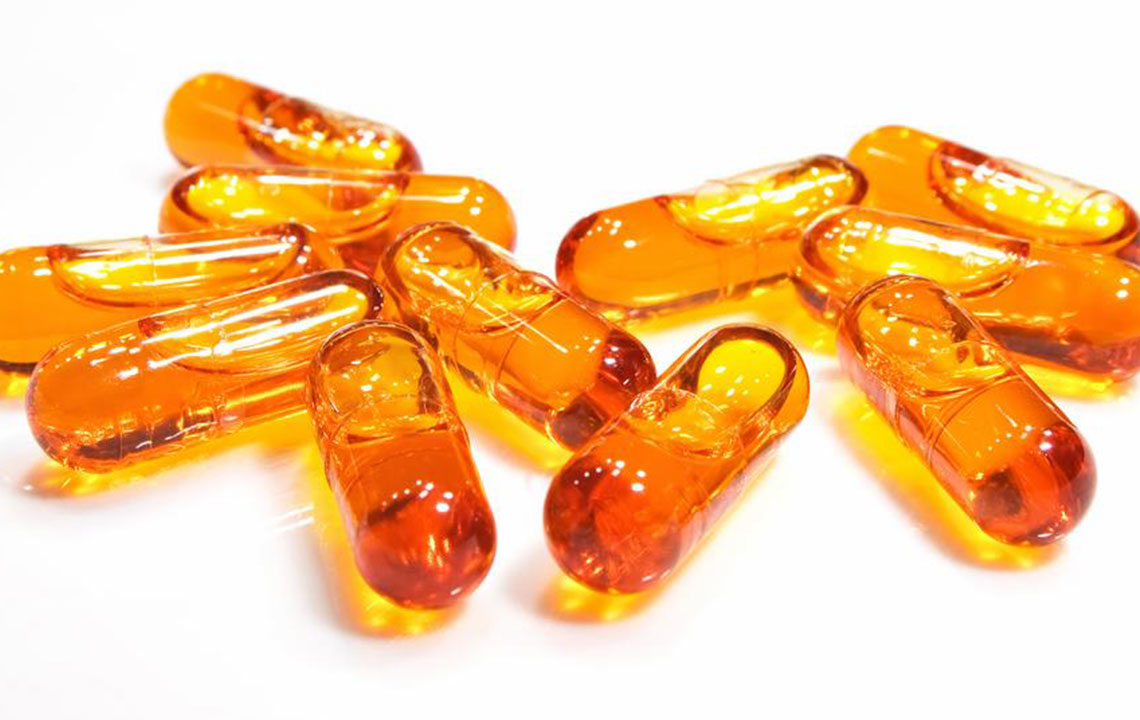Urinary Tract Infections – Causes, Precautions, And Management
Urinary tract infections – Causes, precautions, and management
A common type of infection in the human body is urinary tract infection (UTI). This is more difficult to be managed if one is exposed to an unclean environment constantly and more specifically the sanitation zone. UTI is seen across age groups though infants up to 6 months have a minimum probability of just around 0.2%. Women are at greater risk than men as women’s urinary tract structures are very easily exposed.

Bacterial infections of the urinary tract are a very common reason to seek medical services. Normally, the urinary tract is sterile because of the bacteria ascending upwards are regularly washed out by urination.
Some strains of lactobacillus and staphylococcus contribute to the normal flora in the urethra. Urinary infections occur when bacteria (Escherichia coli) from the digestive tract get into the opening of the urinary tract and multiply. The bacteria first infect the urethra, further moving to the bladder, and finally infecting the kidneys.
Causes of UTI
There are several factors which make you vulnerable to UTI. These include:
- Age – The occurrence increases with age.
- Reduced mobility
- Presence of kidney stones
- Previous urinary infections
- Obstructions in urinary tract, which may be caused by enlarged prostate or any form of cancer
- Urinary catheters being used for prolonged period
- Poorly managed diabetes
- Pregnancy
- Sensitive and weak immune system
Classification of UTI
There are two types of urinary infections based on the site of infection:
- Lower tract infection
- Urethritis
- Prostatitis
- Cystitis
- Upper tract infection
- Pyelonephritis
- Perinephric abscess
UTI may be further classified into symptomatic and asymptomatic based on clinical observations. Another classification is community-acquired UTI and hospital-acquired UTI.
Females are more prone to UTI, primarily due to the following reasons:
- Small urethra
- Gram-negative organism radiate from perianal area to urethra
- Sexual intercourse
- Susceptibility of epithelium
Symptoms of UTI
The following symptoms may be noticed if you acquire UTI:
- Dysuria (burning or discomfort during urination)
- Fever with chills and rigor
- Hematuria
- Strangury
- Ineffectual desire
- Cloudy urine/offensive urine
- Pain in the lower abdomen
- Rectal pain
The following tips will help you to protect yourself from UTI.
- Keep yourself hydrated : Drink surplus amount of water, preferably a minimum of 6 to 8 glasses a day. Respect your biological call and urinate at the early signs rather than loading up your bladder. This helps in flushing out the bacteria timely. Remember, water is your body’s natural and the most effective cleanser.
- Hygienic toilet practice : Always wipe the genitals from front to back to avoid accumulation of bacteria near the urethra, especially after defecation. If you have children at home, then pass on the information and guide them correctly through the cleaning process.
- Protect your urethra : Using perfumed bath products on or near the urethra can cause irritation. Also, switch to sanitary pads rather than using tampons as it opens the door for bacteria to enter your body. You should take showers instead of using bathtubs.
- Follow safe sex : The choice of contraceptive can affect a woman’s urinary tract, thereby causing discomfort. Also using spermicides might trigger bacterial growth by hampering the natural vaginal balance. It is better to urinate soon after intercourse to be on a safer side.
- Dress comfortably : To keep the vaginal area dry, wear loose-fitting clothes made up of breathable fabrics. Always use natural fiber underwear.
- Focus on your diet : You may consider polyphenol-rich sources as they help in binding iron in the urine, thereby keeping it from fueling bacterial growth. Some top sources of polyphenols include:
- Unsweetened cranberry juice
- Blueberries or its juice
- Black tea
- Dark chocolate
- Unsweetened yogurt
There are some foods known to lower your urinary pH and hence must be avoided. You must cut down on your intake of animal protein, phosphoric acid loaded beverages, such as sodas, and unnecessary supplementation of vitamin C.
Managing and treating urinary infections
Sometimes it becomes challenging for the clinicians to identify the patients requiring antibiotic treatment for urinary infections. Owing to such uncertainty, the clinicians opt for empiric antibiotics, which may result in high rates of bacterial resistance. To avoid such mutations, the clinicians should encourage preliminary steps like hydration and proper sanitation and delay empiric antibiotic use. However, in patients with symptomatic UTI, optimal antimicrobial agent, and its dose and duration should be recommended only to target the causative organism, thereby avoiding any side effects.
UTI, being highly recurrent in nature, can be effectively treated by the antibiotic-free approach. This is successful in the long run as the growing problem of pathogens resistant to antibiotics can be curtailed. Always ensure to keep your surrounding clean. Live safe and ensure the safety of others by creating awareness.




